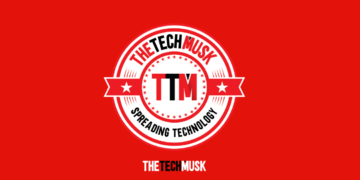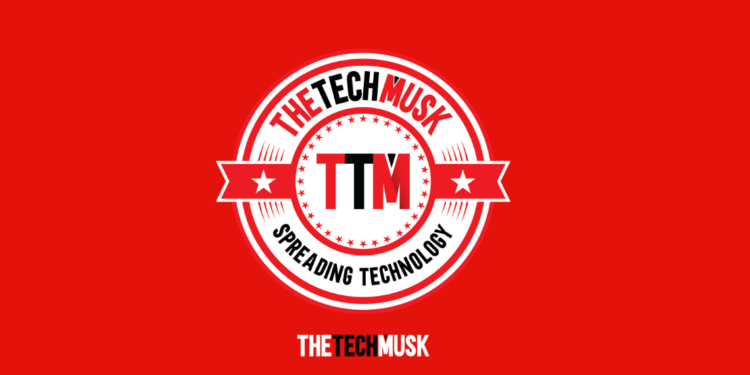In an era defined by rapid digital transformation, the systems we design today must be able to handle not just current demands, but tomorrow’s unknowns. For business leaders and IT decision-makers, the question isn’t just how to scale—it’s how to scale sustainably while maintaining flexibility, security, and operational integrity.
TL;DR
Modern IT ecosystems should be modular, cloud-integrated, secure, and data-driven. This article outlines a scalable architecture strategy emphasizing:
Cloud-native flexibility
End-to-end automation
Zero-trust cybersecurity
Continuous observability
Strategic adaptability for future technologies
These principles empower organizations to build infrastructure that evolves, not erodes, under change.
Building Flexible Foundations for Scalable IT Growth
To support long-term growth, enterprises must adopt infrastructure that scales horizontally (adding components seamlessly) and vertically (expanding capability without re-architecture). The core is a modular architecture where systems communicate through standardized APIs, supported by automation control mechanisms that optimize resource flow and reduce latency across environments.
→ Explore how robust automation control can synchronize distributed assets across hybrid clouds, ensuring operational continuity even under high workload volatility.
When paired with predictive analytics tools like Datadog and AI-augmented monitoring via Azure Monitor, businesses gain the transparency and agility to pivot faster.
Key Principles for Scalable IT Systems
1. Cloud-Native First Architecture
Prioritize containerized workloads (via Kubernetes) and multi-cloud portability to eliminate vendor lock-in.
2. Distributed Data Management
Leverage data mesh principles, supported by event streaming tools such as Apache Kafka, to maintain coherence without bottlenecks.
3. Zero-Trust Security Model
Assume breach, authenticate continuously. Use identity-driven access frameworks with solutions like Okta or AWS IAM.
4. Continuous Integration & Delivery (CI/CD)
Automate development pipelines to ensure consistency and rollback safety using GitLab CI or Jenkins.
5. Observability as a Culture, Not a Feature
Build with metrics, logs, and traces unified under one dashboard to detect performance decay early.
Checklist: Is Your System Scalable?
Area | Check | Metric of Readiness |
Compute Elasticity | ☐ | Can resources auto-scale based on demand? |
Security Maturity | ☐ | Is MFA, EDR, and zero-trust enforced organization-wide? |
Data Accessibility | ☐ | Are APIs standardized and discoverable? |
Automation Coverage | ☐ | Are 80%+ routine tasks automated? |
Disaster Recovery | ☐ | Can failover complete in under 5 minutes? |
Observability Depth | ☐ | Are alerts contextualized by dependencies? |
If any remain unchecked, your infrastructure may be resilient—but not adaptive.
How to Design a Scalable System — Step-by-Step
Assess Current System Maturity
Use frameworks like CMMI or ISO/IEC 33001 to identify weak process layers.Establish Clear Growth Scenarios
Model capacity spikes, user expansion, and integration complexity for 3–5 year horizons.Adopt an Infrastructure-as-Code (IaC) Strategy
Define environments with Terraform to achieve reproducible deployments.Implement Automation at Every Layer
Apply orchestration tools for provisioning, monitoring, and policy enforcement.Secure Early and Continuously
Integrate security scanning into build pipelines—use SAST/DAST via SonarQube.Monitor, Iterate, and Learn
Regularly evaluate system telemetry to optimize configurations and anticipate failure patterns.
FAQ: Strategic Questions for IT Leaders
Q1: How do I balance innovation with operational stability?
Adopt a dual-track strategy: experiment within sandboxed environments while keeping production governed by stable SLAs.
Q2: What’s the role of edge computing in scalability?
Edge reduces latency and cost for data-heavy tasks. Integrate via frameworks like AWS Greengrass to extend cloud intelligence locally.
Q3: How can cybersecurity evolve with scalability?
Implement adaptive threat modeling—security configurations must expand automatically as new nodes or APIs are deployed.
Q4: Should legacy systems be replaced or refactored?
Refactor when possible; replace only when systems limit API integration or security compliance.
Resource Table: Strategic Tools by Function
Function | Recommended Approach | Tool Example |
Automation & Orchestration | Integrate distributed system workflows | |
Monitoring & Observability | Unified telemetry | |
Cloud Cost Optimization | Continuous optimization via AI models | |
Incident Response | Automated recovery playbooks | |
API Governance | Consistent security & schema validation |
Highlight: The Rise of Intelligent Orchestration Systems
Emerging orchestration systems—like Harness.io—are reshaping how enterprise IT operates. These platforms integrate AIOps insights directly into CI/CD workflows, dynamically adjusting deployment strategies based on telemetry. This convergence of automation, security, and cost governance embodies the future of sustainable scalability.
Glossary
Cloud-Native — An approach that builds and runs scalable applications in dynamic environments like public, private, and hybrid clouds.
Zero Trust — A security model assuming no entity inside or outside the network is inherently trusted.
IaC (Infrastructure as Code) — Managing infrastructure through code, allowing for versioning, automation, and consistency.
Data Mesh — A decentralized data management approach that treats data as a product.
Observability — The practice of understanding a system’s internal state through external outputs.
Conclusion
Scalable IT design is no longer about capacity—it’s about composability. By embedding automation, security, and adaptability into your infrastructure, your organization not only scales—but learns, evolves, and endures.
The businesses that thrive in the next decade will be those whose systems are as intelligent as the decisions they enable.
Dive into the future of technology with THETECHMUSK, your go-to source for the latest in AI, cybersecurity, and cutting-edge innovations!




















